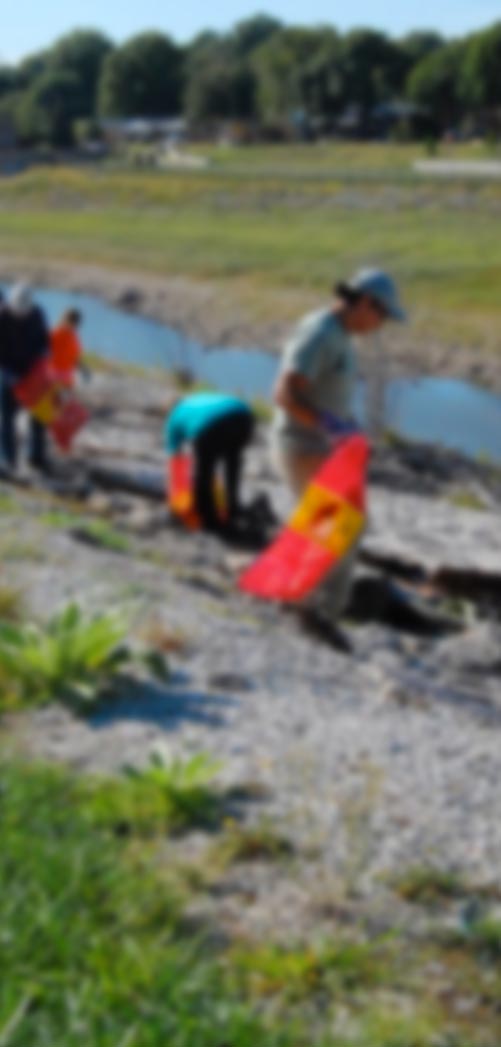Some of New Zealand’s top scientists are being lured to Southland with the prospect of ground breaking research opportunities. It is all part of a plan to support the important work that needs to be undertaken on water quality, says Environment Southland’s principal scientist Dr Clint Rissmann.
“Southland doesn’t have a university, any crown research institutes or any independent researchers. We recognised that we couldn’t answer the questions our community wanted answered by ourselves, so we’ve created a programme to make Southland as attractive as possible to secure the top scientists and research institutes to help us out,” says Clint.
And, the plan has worked. Researchers from NIWA, GNS Science, ESR, AgResearch, Landcare Research, DairyNZ, Beef + Lamb New Zealand and Public Health South are all bringing their expertise and research funding to Southland over the next three years, which means considerable value for money. Clint estimates for every dollar of ratepayer funding, Southland will receive about three dollars’ worth of science.
Environment Southland’s science programme has been designed to better answer questions like: How much water do we have and where does it come from? How much groundwater is entering our rivers and where? Why are certain parts of our landscape more sensitive to land use than others?
Clint says answering these sorts of questions is an important step as we progress the Water and Land 2020 & Beyond project, and move towards the setting of limits on nutrients in our waterways.
“Collectively we’re building science capital for the region, which is really exciting and important for providing the best understanding of how the natural resources in our region function, so that our communities can have the best information available when it comes to deciding on setting limits. This work will have a comprehensive scope encompassing groundwater, surface water, lakes and estuaries,” says Clint.
Dr Chris Daughney, director of environment and material division at GNS Science says he was attracted to Southland for several reasons. “Environment Southland has a great team of scientists that are really keen to work alongside us in a real partnership,” he says. “Plus I’m excited to be a part of this concerted effort to build science capital.”
Chris says the Government’s National Policy Statement for Freshwater Management will mean some very significant changes for the way all regional councils develop and implement policies to manage land and water. “I am excited about the opportunity to have the science from our collaboration feeding in to Environment Southland’s policy. I think this is a real opportunity for science to help, and make a difference.”
